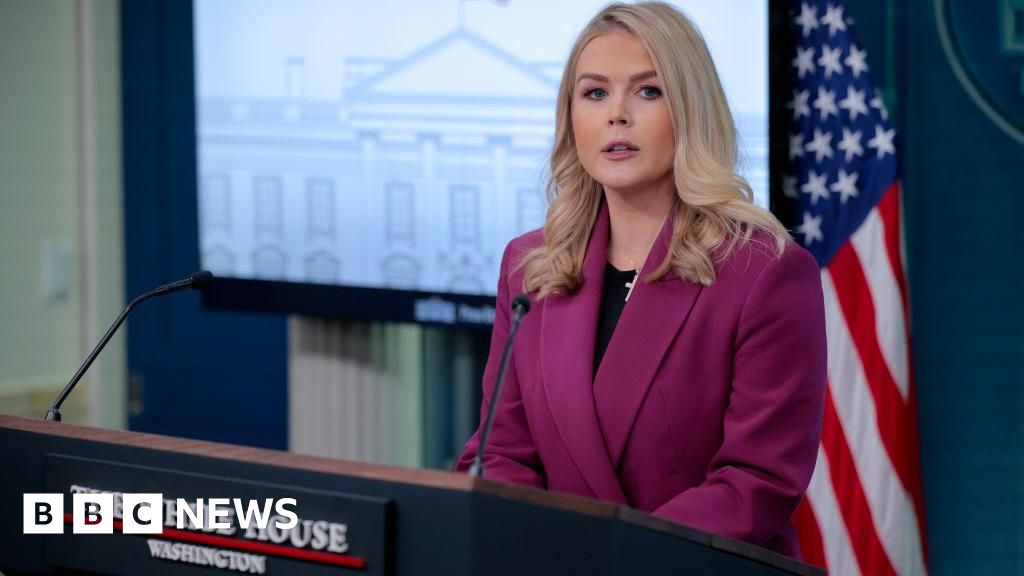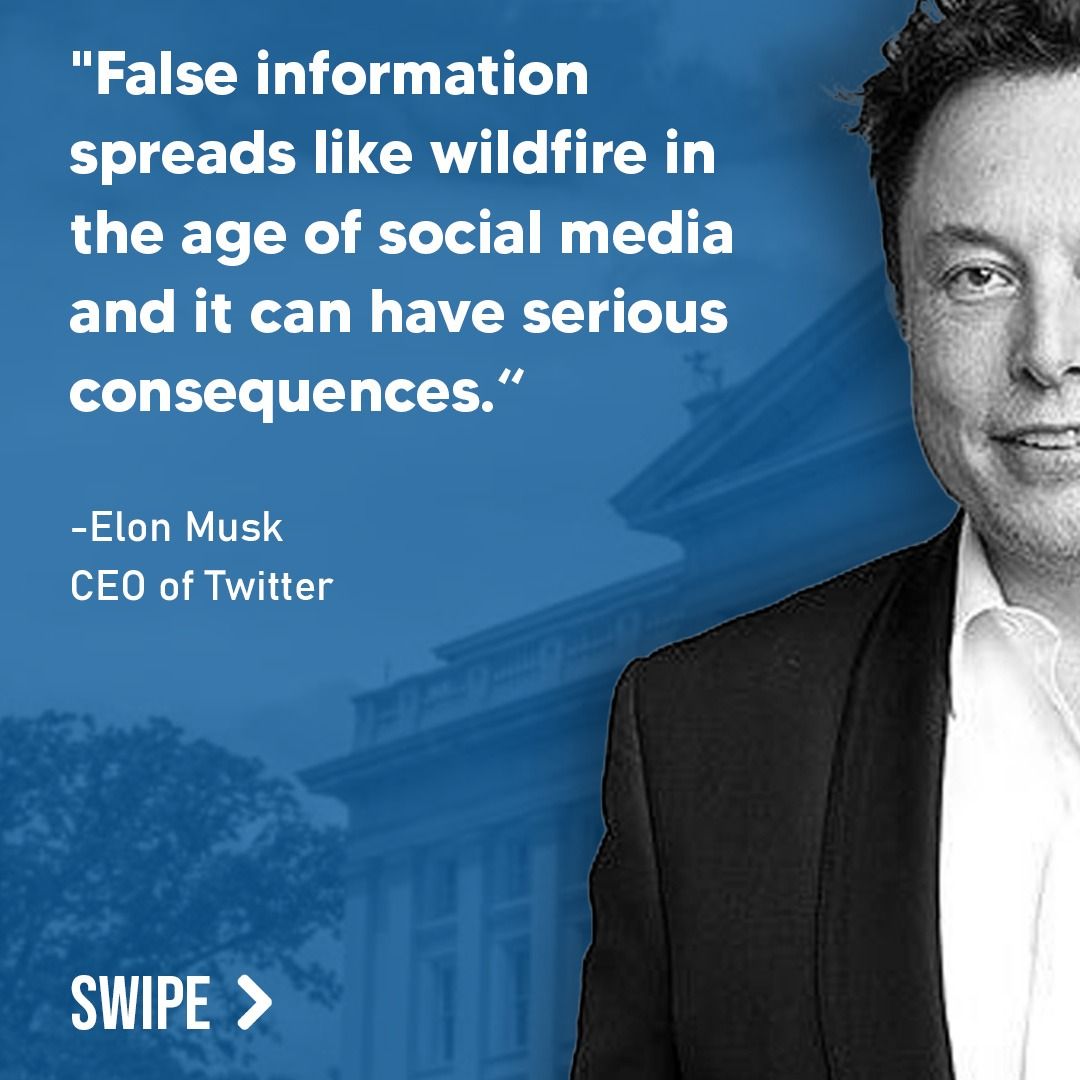
Fact Check Analysis: White House Claims About Mysterious New Jersey Drones
DBUNK is committed to providing clarity in a world increasingly saturated with misinformation. This fact check was submitted by one of our subscribers, who wanted deeper insight into the White House’s claims about mysterious drone activity in New Jersey and the surrounding areas. Remember, you too can submit your own fact check requests for free, and DBUNK will investigate them for transparency and truth.

Background and Context
The article, authored by Kayla Epstein and published on January 29, 2025, discusses a White House statement claiming that the mysterious drones observed across multiple states, including New Jersey, in late 2024 were approved by federal regulators and posed no national security or public safety risks. At the heart of this piece are questions about transparency, consistency in government communication, and whether these drones were part of lawful activities or the result of miscommunication between agencies.
Access the original article here: https://www.bbc.com/news/articles/ce3nx1kd9q1o.
Fact Check Analysis
Misinformation or Missing Context
The article claims that the Federal Aviation Administration (FAA) had approved the drones for “research” purposes and that many of them also belonged to local hobbyists in the area. The statement by White House Press Secretary Karoline Leavitt suggests confidence in this conclusion, but the article provides no specific evidence or detailed timeline for how the FAA’s approvals align with the sightings. Readers are left with critical unanswered questions.
For example, why did multiple federal agencies—such as the FBI and the FAA itself—conduct separate investigations, receiving thousands of public reports, if these drones were indeed authorized? This disconnect points to potential miscommunication or lack of coordination among government bodies. Furthermore, the article vaguely mentions FAA-approved “research” without substantiating what research was being conducted, who was responsible, or whether all the drones observed were part of that exercise.
Additionally, the piece mixes verified claims (such as the FAA’s role in drone regulation and the lack of identified foreign involvement) with speculative statements made by public figures, such as former Maryland governor Larry Hogan and New York’s governor. The absence of clear sourcing for these comments risks compounding confusion among readers who may not be familiar with the drone controversy’s finer points.

Contradictions and Bias
Another critical inconsistency lies in the article’s focus on the “most definitive statement” from the current White House administration, juxtaposed with previous investigations conducted under the Biden administration. The latter had reportedly stressed there was “no foreign involvement” but did not go so far as to definitively rule out other security risks. The article does not reconcile why a clearer statement about public safety is only being issued now, several months after the fact.
Readers may also sense bias in how the article appears to underplay public concerns while amplifying the federal government’s assurances. Yet, the fact that the FAA temporarily restricted drone flights across 22 cities through January suggests a level of precaution or concern that contradicts the repeated messaging that these drones were “not the enemy.”
User’s Question: Was There a Miscommunication?
This is a valid and critical point raised by our user. Given the massive public response (5,000 tips to the FBI, sightings by prominent figures, and the FAA’s temporary restrictions), there does appear to have been a severe breakdown in communication. Public confusion was exacerbated by the initial lack of detailed explanations regarding these sightings, coupled with the overlapping investigations conducted by several agencies. If the FAA had indeed pre-approved the drones, there should have been clearer, proactive communication to avoid such widespread panic and speculation.
Moreover, the explanation that some sightings were “stars mistakenly reported as drones” raises additional doubts. Would law enforcement, civilian aviation experts, or even governors mistake a star for a drone? This oversimplification undermines the credibility of the investigation’s findings and indicates a lack of respect for public intelligence.

Conclusion
The article fails to appropriately contextualize the drone sightings and the investigations that followed. While it provides surface-level details, it lacks the depth and clarity needed to substantiate its conclusions fully. Critical questions remain unanswered, including why federal agencies seemingly scrambled to investigate if the FAA had already approved the drones. Furthermore, the reporting appears to downplay legitimate public concerns while amplifying the government’s assurances without scrutinizing them thoroughly.
DBUNK encourages readers to approach articles like this critically, questioning both the motivations behind government statements and the completeness of media coverage. To stay informed, fact-checked, and empowered to combat false narratives, join the DBUNK community. Download our app to access unbiased news and accurate information instantly.

